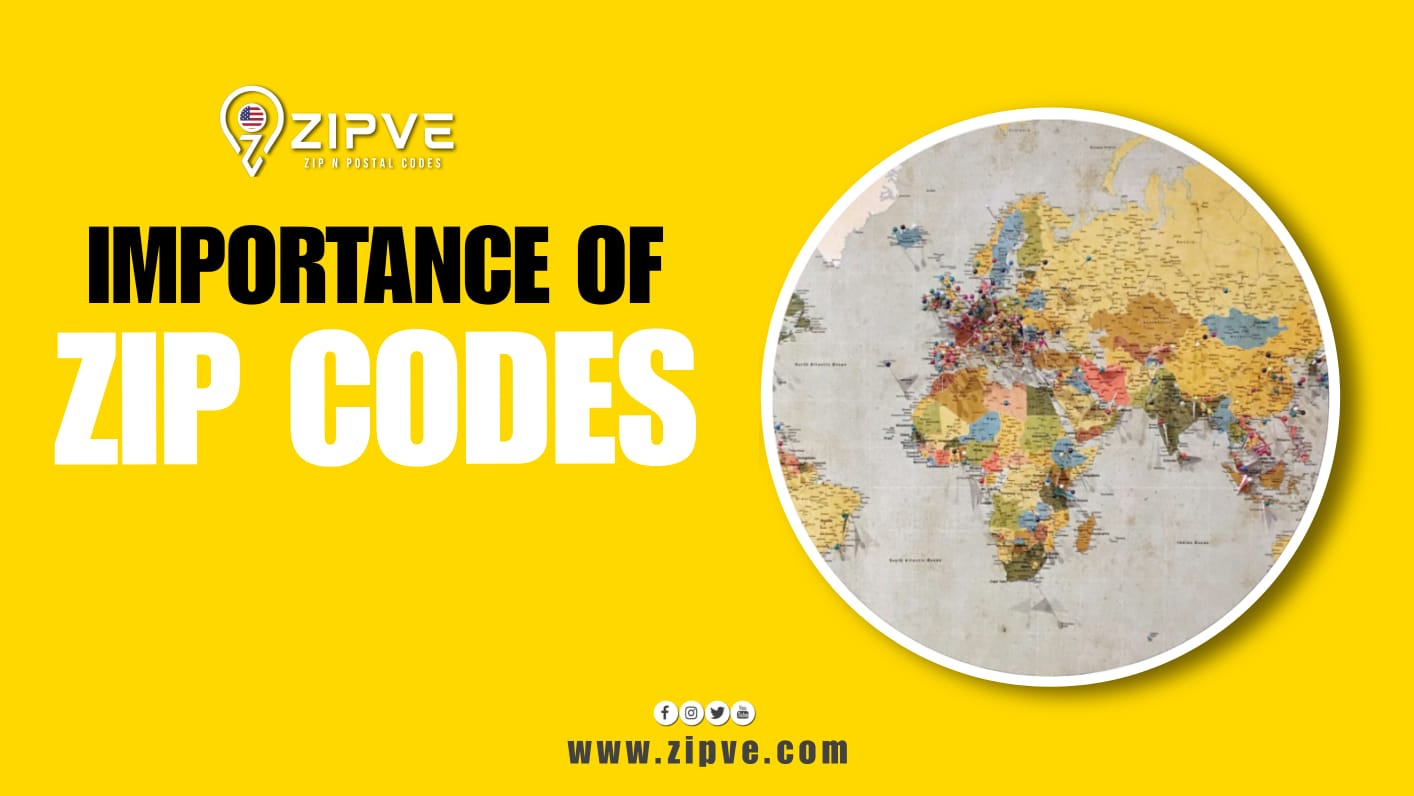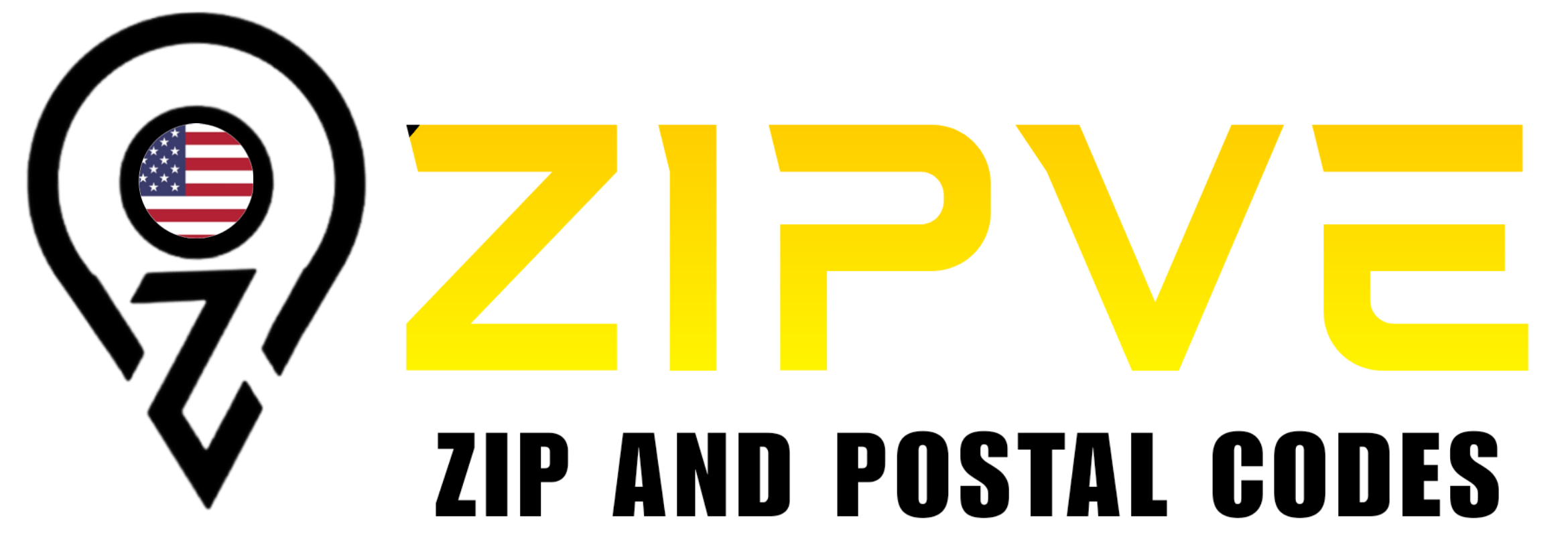hello@zipve.com

A ZIP Code is a special number made by the United States Postal Service (USPS). It has five digits and helps sort mail fast and send it to the right place. This code is significant for ensuring mail goes where it needs to.
Each ZIP Code points to a certain spot. It can be as big as a city or as small as a building, campus, or post office. The ZIP Code helps the USPS and the U.S. Bureau of the Census group mailing addresses within set borders, often matching cities, counties, and states.
ZIP Codes are key for setting the order in which mail carriers deliver. They also show the central spot in ZIP Code areas, which might overlap with other areas or be close to real borders. Sometimes, ZIP Codes might stretch across borders and cover places where mail can’t be delivered.
The ZIP Code system covers the whole country. Each code shows a certain area, making sure all deliverable addresses fit within a nationwide street map. This system not only helps with mail distribution but also gives cities and towns a central way to follow, making mail delivery smooth and reliable.
What is a ZIP Code?
A ZIP Code is a five-digit number used in the USA. It helps to organize and deliver mail. This code is part of the mailing address system. It makes sure your mail gets to the right place.
The USPS uses ZIP Codes to sort mail fast. It helps deliver letters and packages to different areas. Each code matches a specific place, which helps in quick delivery across the postal network.
What are ZIP Codes & how to find them
A ZIP Code, short for Zone Improvement Plan, is key for USPS. It helps find the right mail delivery area and makes sure mail reaches the right destination post office. This code helps with final sorting and guides mail carriers on their delivery routes.
ZIP Codes are crucial for smooth mail collection and delivery. Every area serviced by USPS has its own ZIP Code. This helps in managing all the delivery routes.
To find a ZIP Code, use the USPS ZIP Code lookup tool. This tool is quick and easy. It helps you find the right ZIP Code for any address. Whether sending a package or curious about your area, the postcode lookup ensures your mail is delivered correctly.
What is a ZIP Code, and how do ZIP Codes work?
ZIP Codes, also called postal codes, are very significant for delivering electronic messages accurately. The US Postal Service uses them to help sort and deliver mail efficiently. ZIP Codes in the US help to define specific regions, delivery areas, and sometimes even street addresses or city blocks.
Other countries have similar systems. For example, Ireland uses Eircodes, and Czechia uses Postal Index Numbers. These systems, like ZIP+4 Codes in the US, make mail delivery more efficient. They provide extra details about delivery routes, including rural route areas and undeveloped areas.
ZIP Codes split national areas into smaller parts. This system includes sectional center facilities and central mail processing facilities that sort and route mail. For better address validation and geocoding, tools like Smarty and ZIP Code APIs are used. These help make sure the delivery process is accurate and smooth.
ZIP Codes and their global equivalents are crucial for organizing mail delivery. They help with sorting mail for Post Office Boxes, apartments, or city blocks. They support better mail routing, cut down on mistakes, and ensure quick and reliable service across different geographic regions and state boundaries.
What is the first digit of a ZIP Code?
In the ZIP Code system, the first digit is very important. It helps to identify large areas across the Nation. This digit is part of a structured code that groups states in specific regions.
For example, the first digit shows if a place is in the Northeast or the West. This structured code helps to sort and deliver mail quickly and accurately across different large areas.
What is the second digit of a ZIP Code?
The second digit of a ZIP Code is very important in the U.S. ZIP Code system. It shows a specific geographic area or regional division. This digit helps define the postal area within a state.
In the ZIP Code system, the second digit groups ZIP Codes into bigger postal regions. These regions cover both heavily populated and less populated areas. They match the demographic distribution and postal needs of each state. Knowing the second digit gives a hint about the state’s geographic portion and postal code.
The second digit helps the postal code system work well. It makes mail sorting and delivery faster within a postal area. This ensures the ZIP Code system meets the needs of different geographic regions effectively.
What are 3-digit ZIP Codes?
3-digit ZIP Codes are important in the ZIP Code system. They help find major mail points in certain postal regions. These codes show large city post offices and key mail centers. They make mail sorting and processing easier in the major areas they cover.
Unlike 5-digit ZIP Codes, which give more detail about geographic postal areas, 3-digit ZIP Codes cover bigger areas. They point to sectional centers and state mail points. This helps with sorting and delivering mail in large areas.
The 3-digit ZIP Code system is key for regional mail distribution. It helps make mail processing and postal services work smoothly in each state.
Are ZIP Codes areas?
ZIP Codes help organize and manage mail in the USA. They show where to deliver mail and make processing easier. But ZIP Codes are not real areas. Instead, they often stand for ZIP Code Tabulation Areas (ZCTAs) and Census blocks, which are used for statistical data.
ZIP Code Tabulation Areas (ZCTAs) are rough area maps used by the Census Bureau. They try to match ZIP Code areas but might not match exactly. Census areas give more detailed maps for collecting census data.
Mapping tools like Maptitude can show ZIP Codes and related areas. They help see how ZIP Code lines match up with Census blocks and deliverable addresses. ZIP Code changes can shift these lines, making ZIP Codes and real areas different. Some places may even be undeliverable, which adds more confusion.
Are ZIP Codes points?
ZIP Codes are not just points. They are important markers for locations. A ZIP Code is a 5-digit number given by the Post Office. It shows a central location within an area. Each ZIP Code covers a region. This region can be a single business, a building, or a PO Box.
ZIP Codes define the area they cover. This area can have many ZIP Code points. These points help the Post Office deliver mail correctly. Knowing ZIP Codes and their points helps you understand how mail is sent and how services are organized.
What is a ZIP+4 code?
A ZIP+4 code is an exceptional kind of standard 5-digit ZIP code used by USPS. It has a hyphen and four extra digits. These extra digits help pinpoint a specific geographic area.
The ZIP+4 code makes the standard ZIP code more exact. It helps find places like a house, block, or group of addresses. These four additional digits improve accuracy and efficiency in mail sorting and delivery. They make sure mail reaches the right place quickly and with fewer mistakes.
What are carrier routes?
Carrier routes help the USPS deliver mail efficiently. Each route has a unique code within a ZIP Code to sort letters and packages. These routes are planned to make sure mail goes to the right addresses on time.
A carrier route starts from a central point in a ZIP Code area. This point is marked by a 5-digit ZIP Code. Routes use the letters: “H” for Contract, “R” for Rural, and “C” for City. These letters help sort and deliver mail. USPS uses a list of addresses within each route for organized mail delivery.
Carrier routes make sure every address in a ZIP Code gets mail. This system improves mail delivery by using specific routes and unique codes.
What are PO Boxes?
A PO Box is a special box from the USPS. It keeps your mail safe and makes managing it easy.
Instead of using a physical address, a PO Box keeps your address private. This helps with address privacy and keeps your mail secure.
You get reliable mail delivery and fast mail handling at your local Post Office location. With a PO Box, you always get your mail on time.
Using a letterbox is great if you don’t want to use your home address. It helps with mail retrieval and keeps important papers safe.
Your letterbox works with your ZIP Code, which helps the postal service sort and deliver mail quickly.
Mapping Software for ZIP Codes
Mapping software for ZIP codes is a key tool for businesses and groups. It helps them analyze geographic data with accuracy. Maptitude Mapping Software is a top choice for showing ZIP code areas. It lets users make detailed maps and sales territory maps.
With Maptitude, users can locate records and check Census demographic data. This software helps businesses get a clear view of map data. They can use it to analyze geography and add ZIP code data to their plans.
Using tools like Maptitude, companies can map ZIP codes accurately. This helps them understand their regions better. They can use mapping software to improve sales territories and make smart choices based on precise ZIP code information.
